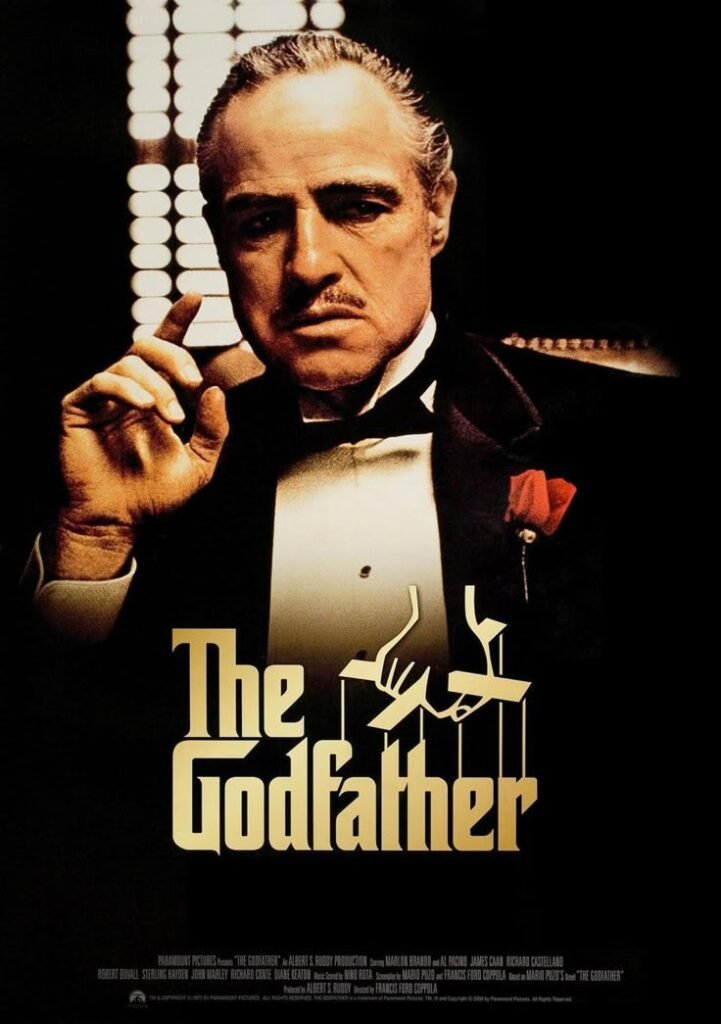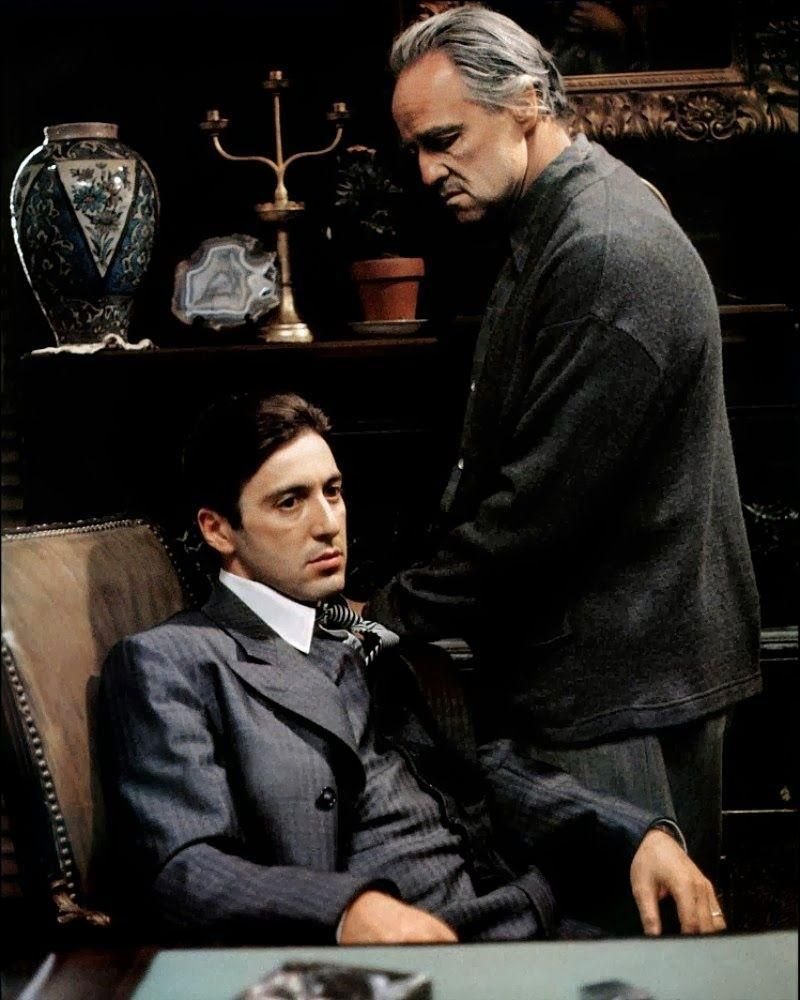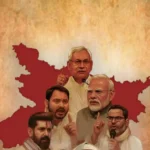Table Of Content
- Introduction: A Cinematic Legend Returns
- The Godfather Trilogy – A Brief Overview
- Francis Ford Coppola: The Visionary Behind the Epic
- The Art of Restoration – Breathing New Life into Classics
- Why The Godfather Still Matters Today
- The Trilogy’s Global Impact on Cinema and Culture
- The Indian Connection: Why Indian Fans Love The Godfather
- Experiencing The Godfather in 4K – What Audiences Can Expect
- The Power of Theatrical Re-Releases in the Digital Age
- Legacy of Performances – Brando, Pacino, De Niro, and More
- Thematic Brilliance: Family, Power, and Morality
- The Godfather’s Influence on Indian Cinema
- What This Means for Film Preservation in India
- Conclusion: A Rare Chance to Relive Greatness
Few films in history have achieved the timeless acclaim and cultural reverence of The Godfather trilogy. Directed by Francis Ford Coppola and adapted from Mario Puzo’s novel, the saga of the Corleone family became more than cinema—it became a symbol of storytelling excellence. Now, decades after its original release, The Godfather trilogy is set to return to Indian theatres in a spectacular 4K restoration.
This re-release is not just an event for cinephiles; it’s a celebration of cinema itself. For younger audiences who may have only seen the trilogy on streaming platforms or DVD, this is a chance to witness it on the big screen—the way Coppola always intended. For older fans, it’s an opportunity to revisit the story with fresh eyes and rediscover its brilliance in unmatched clarity.
The Godfather Trilogy – A Brief Overview
The saga begins with The Godfather (1972), often hailed as one of the greatest films ever made. It introduces us to the Corleone family, led by Vito Corleone (Marlon Brando), and follows the reluctant transformation of Michael Corleone (Al Pacino) from an outsider to the ruthless head of the family.
The Godfather Part II (1974) expanded the story, weaving together Michael’s descent into cold-blooded leadership with the origin story of young Vito Corleone (Robert De Niro). The sequel became one of the few films in history to win the Academy Award for Best Picture after its predecessor.
The Godfather Part III (1990), while often debated among fans, offered a poignant conclusion, exploring Michael’s guilt, redemption, and the tragic cost of his choices. With Coppola’s later “Coda” re-edit, the film found renewed appreciation, giving fans closure in a more balanced narrative.
Francis Ford Coppola: The Visionary Behind the Epic
Coppola’s vision transformed a crime novel into an epic meditation on family, morality, and power. At just 33 years old when he directed the first film, Coppola fought studio resistance to cast Brando and Pacino, choices that proved revolutionary. His insistence on authenticity, from set design to Italian cultural detail, elevated the trilogy into art.
Even decades later, Coppola remains deeply involved in the preservation and restoration of his films, ensuring that each re-release respects his original vision while embracing modern technology.
The Art of Restoration – Breathing New Life into Classics
Restoring a classic like The Godfather is no simple task. The process involves scanning original negatives, repairing damaged frames, adjusting colors, and remastering sound. The 4K restoration not only sharpens visual clarity but also restores the film’s original textures and tones that may have been lost in older prints.
Audiences can expect crisper details, richer colors, and improved soundscapes. The smoke-filled rooms, dimly lit interiors, and atmospheric shadows that define the trilogy’s look will now appear more vivid than ever, creating a truly immersive experience.
Why The Godfather Still Matters Today
Even half a century later, The Godfather continues to resonate because its themes are universal. It is not merely a story about organized crime; it is about loyalty, family ties, the corruption of power, and the moral compromises we make.
In today’s world of fast-paced entertainment, the trilogy reminds us of the power of patience in storytelling. Long takes, detailed dialogues, and layered character development invite viewers to sink into the narrative and reflect on its deeper meanings.

The Trilogy’s Global Impact on Cinema and Culture
The influence of The Godfather on global cinema is immeasurable. Its dialogue, characters, and imagery have become part of popular culture. Lines like “I’m gonna make him an offer he can’t refuse” are instantly recognizable, even to those who haven’t seen the films.
Countless filmmakers, from Martin Scorsese to Christopher Nolan, have cited the trilogy as inspiration. Its narrative structure, cinematography, and character-driven storytelling have set a benchmark for generations of filmmakers.
The Indian Connection: Why Indian Fans Love The Godfather
India has long embraced The Godfather as a storytelling masterclass. For film students, it is a case study in direction, editing, and performance. For mainstream audiences, it has become a cultural reference point, often quoted in conversations and adapted in spirit by Indian filmmakers.
Movies across Bollywood and regional cinema have drawn inspiration from The Godfather—from Amitabh Bachchan’s Sarkar series to Mani Ratnam’s Nayakan. The themes of family loyalty, power struggles, and morality resonate deeply within Indian culture, making the trilogy particularly impactful.
Experiencing The Godfather in 4K – What Audiences Can Expect
While streaming platforms have made the trilogy widely accessible, nothing compares to the cinematic experience. The restored 4K version promises unprecedented detail—from the subtle flicker of candlelight in the Corleone mansion to the texture of New York’s streets.
Sound restoration ensures that Nino Rota’s haunting score envelops the theatre, while dialogue comes through with sharper clarity. Together, these enhancements will transport audiences back to 1940s America, making them feel part of the Corleone world.

The Power of Theatrical Re-Releases in the Digital Age
In an era dominated by streaming, theatrical re-releases carry a unique charm. They create a communal experience, where audiences collectively gasp, cheer, and reflect. Watching The Godfather in theatres allows viewers to appreciate details they might miss on smaller screens.
For younger generations raised on binge-watching, this is a chance to understand why the trilogy is revered. For older viewers, it’s nostalgia, revisiting a masterpiece they may have first encountered decades ago.
Legacy of Performances – Brando, Pacino, De Niro, and More
No discussion of The Godfather is complete without honoring its legendary cast. Marlon Brando’s quiet authority as Vito Corleone redefined acting, winning him an Academy Award. Al Pacino’s transformation across the trilogy remains one of cinema’s greatest character arcs. Robert De Niro’s portrayal of young Vito in Part II earned him his first Oscar.
The ensemble cast—including James Caan, Diane Keaton, Talia Shire, and Robert Duvall—ensured that every character felt memorable. Their performances remain etched in cinematic history.
Thematic Brilliance: Family, Power, and Morality
At its heart, The Godfather is about family—not just by blood, but by loyalty. It explores how love and duty can both empower and corrupt. Michael Corleone’s journey from reluctant son to feared patriarch is both a rise and a fall, making him one of cinema’s most complex characters.
The trilogy also reflects on the American Dream, showing how ambition and power can erode values. These timeless themes are as relevant in today’s political and social climate as they were 50 years ago.
The Godfather’s Influence on Indian Cinema
Indian filmmakers have often looked to The Godfather as inspiration. Mani Ratnam’s Nayakan was openly modeled on its structure, while Ram Gopal Varma’s Sarkar paid direct homage. Themes of patriarchal leadership, moral dilemmas, and the cost of power align closely with narratives in Indian cinema.
The theatrical re-release in India not only celebrates Coppola’s work but also acknowledges its deep cultural footprint in Indian storytelling.
What This Means for Film Preservation in India
The restoration and re-release of The Godfather also highlight the importance of film preservation. In India, where many classics remain at risk of being lost due to neglect, this event serves as inspiration. Preserving cinema is not just about nostalgia—it is about honoring history and ensuring future generations can learn from it.
This re-release may encourage Indian studios and archives to invest more in restoring their own cinematic gems, ensuring they remain accessible for decades to come.
Conclusion: A Rare Chance to Relive Greatness
The return of The Godfather trilogy to Indian theatres in 4K is more than just a film screening; it is a cultural moment. It invites audiences to rediscover Coppola’s vision in a format that matches the scale of his storytelling.
For cinephiles, it is an event not to be missed. For newcomers, it is the perfect introduction to a saga that has shaped global cinema. And for everyone, it is a reminder of why The Godfather continues to be revered as one of the greatest achievements in film history.
As the lights dim and Nino Rota’s score begins to play, audiences across India will once again be transported into the world of the Corleones—a world of family, loyalty, power, and tragedy. This time, in the sharpest, most breathtaking clarity ever seen.
Also Read…Attack on Titan, Jujutsu Kaisen Films To Release in Indian Theatres












Leave a comment